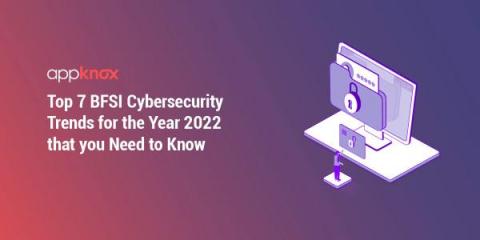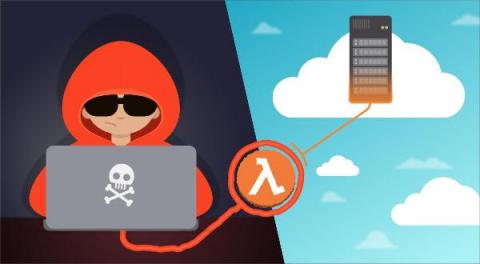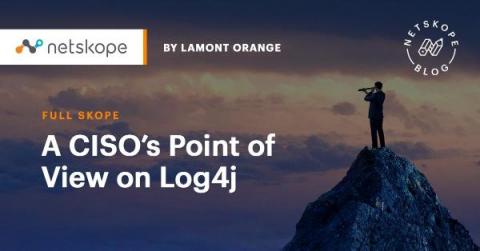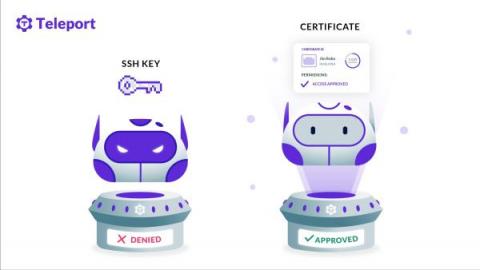Getting the best out of Samsung Knox management with Mobile Device Manager Plus
In case you missed it, Samsung Knox has verified Mobile Device Manager Plus as a Knox Validated Partner solution. This means that our EMM solution meets its business-level requirements for 2022, and that we support a wide range of features to help you get the best out of all your mobile devices that support Samsung Knox capabilities.










